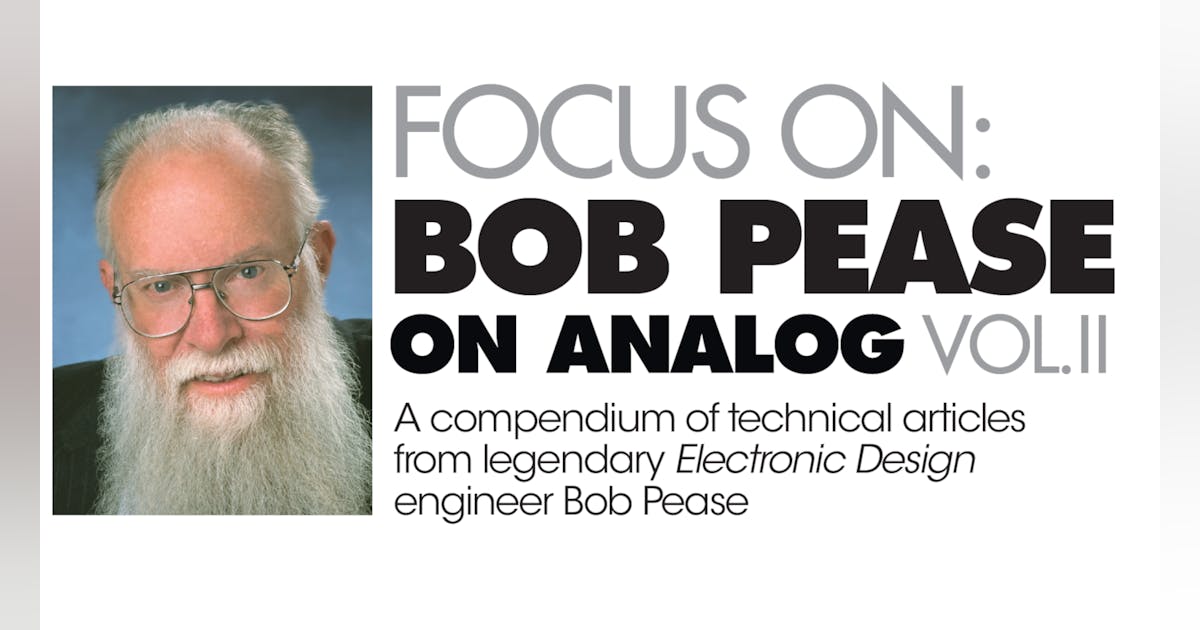Chuck D. Bones
Circuit Wizard
More of a learning project than anything else, although you could build a Distortion+ with one of these. If you had a big enough enclosure!

https://cdn.evilmadscientist.com/KitInstrux/741/741_datasheet_rev20d.pdf
So why not make an LM308 or OPA2134?

https://cdn.evilmadscientist.com/KitInstrux/741/741_datasheet_rev20d.pdf
So why not make an LM308 or OPA2134?



